XAG (formerly known as XAircraft), a Guangzhou-based manufacturer of agricultural drones, is sending robots and drones to rice, wheat and cotton fields to do something unimaginable by aging farmers – automating seeding, pesticide spraying and weather monitoring. Last month, it launched V40 and P40 Agricultural Drone that can conduct mapping, spraying, and broadcast on the farm.
As Japanese farmers struggle to maintain high quality fruit production amid labour shortage due to Coronavirus, XAG R150 unmanned ground vehicles were deployed to perform crop spraying across a variety of orchards such as apple, grape, watermelon, and citrus. The same R150 is being used on apples, strawberries and blackberries in the United Kingdom.
The Chinese agricultural drones were also used to help emit disinfectant in Covid-19 hotspot such as schools and office buildings in the UK, Vietnam, Italy, South Korea and Australia. But XAG is not the only company that leverages on AI (artificial intelligence) to boost digital agriculture technology, something that is part of the Fourth Industrial Revolution – 4th IR.
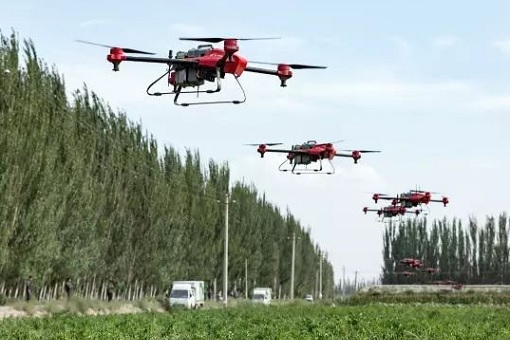
MegaRobo, a high-tech startup that applies AI and robotics in life sciences, has robotic barista that can make caramel cappuccino. The Beijing-based automation start-up has designed AI and robots capable of – repetitively and safely – performing precise laboratory tasks in universities and pharmaceutical companies to eliminate infection risk to lab workers.
Hangzhou-based EP Equipment, a manufacturer of lithium-powered warehouse forklifts, has revolutionized material handling with forklifts that are able to manoeuvre themselves in factories and warehouse. Driverless Mini Robobus has already deployed autonomous buses to transport passengers in Zhengzhou. And many types of robots have been deployed for the Beijing Winter Olympic Games.
So, if you think China is still the same country 20 years ago, think again. Just because it is the world’s largest factory does not mean its factories are filled with cheap labours today. True, Chinese traditional industries were initially made of manual, cheap, low quality labours. But the rising labour costs, dropping birth rate and declining working population has changed everything.
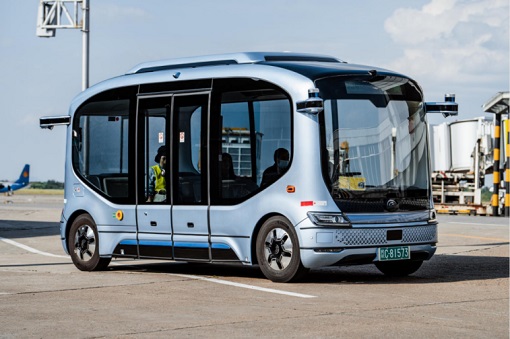
Today, the world’s second largest economy, while maintaining its status as the world’s largest factory, has embraced the AI to not only fix its labours shortage, but also to reduce operational costs, improve revenues and enhances productivity and efficiency. In fact, many Western analysts and economists agreed that China is leading the world in the 4th IR, thanks to its leadership in AI.
When former US President Donald Trump first started the trade war in Jan 2018, followed by tech war against the Chinese, it was all about stopping the seemingly unstoppable China in dominating the AI and hence the Fourth Industrial Revolution (第四次工业革命). Under the pretext of “unfair trade practices” and “intellectual property theft”, the U.S. weaponized tariffs to stop China.
However, it didn’t work and China continues its march ahead. While the U.S. trade deficit with China did decrease due to 25% tariff imposed on about US$360 billion of imports from China, it failed to make a dent in the Chinese economy. Despite Trump’s famous tweet that “trade wars are good, and easy to win” in 2018, Beijing has been recording surplus with Washington every month.
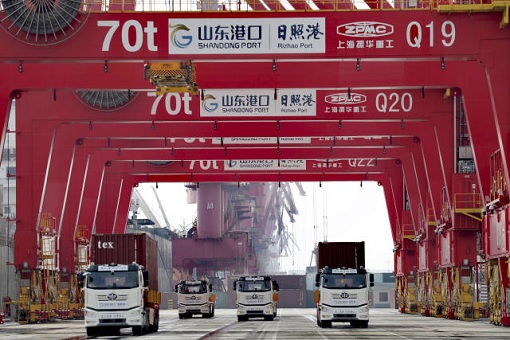
The U.S. trade deficit widened to its largest on record in 2020, not to mention FDI (foreign direct investment) to country plunged 49%. In the same year, China recorded a trade surplus of US$535 billion for the full year – a stunning 27% increase from 2019 and the highest since 2015. The surplus figures also inclusive of a US$317 billion trade surplus with the U.S. (7% higher than in 2019).
China quickly finds the solution by shifting to Asia – making the 10 Southeast Asian nations as its second-largest trading partner in 2019, replacing the U.S. with ease. Not only American manufacturers disobeyed Trump’s “direct order” to move production back home, U.S. direct investment into China actually increased slightly to US$13.3 in 2019 from US$12.9 billion in 2016.
Worse, American businesses are bearing most of the tariffs imposed by Trump. According to Moody’s Investors Service, American importers absorbed more than 90% of additional costs resulting from the 20% U.S. tariff on Chinese goods. Meaning U.S. importers pay around 18.5% more in price for a Chinese product, while Chinese exporters receive 1.5% less for the same product.
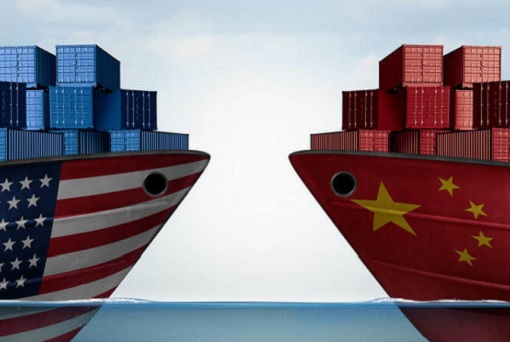
Because U.S. exporters also absorbed most of the costs from tariffs imposed by China (as retaliation against the U.S.), at the end, the American economy was being harmed while failing to force China to reverse its so-called unfair trade practices. Although Joe Biden disagreed with Trump’s method, the current president is unable to cancel all the tariffs without looking weak.
When Trump failed to bring the Chinese to its knees, he started tech war, targeting China’s leading technology companies like Huawei and microchip manufacturer SMIC (Semiconductor Manufacturing International Corp). But the strike on China’s high-tech industry has also failed to destroy it, but merely slows China’s 5G rollout.
China knew it had to lead the Industry 4.0. The first industrial revolution, started in the second half of the 18th century, was driven by steam engine. First began in Britain, the creation of the modern factory system in textile and iron production quickly spread to Europe and the United States. Great Britain became extremely rich and powerful as a result of this first industrial revolution.
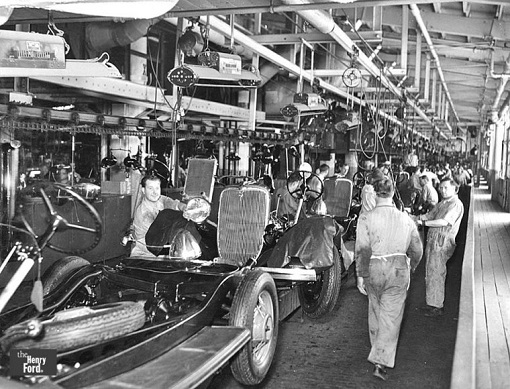
A century later, the second industrial revolution began in the early 20th century, marking the beginning of the “electronic age” – telegraph, railroad networks, sewage system, gas and water supply, electrical power and telephone. It was during this time when Henry Ford mastered the moving assembly line and led to mass production. The era would see the fall of Britain and the rise of the United States.
The third industrial revolution started after World War II and saw how manufacturing entered the digital age. This is the era where human society was led into the “information age” with computing technology, biotechnology and information technology. A product can be designed on a computer and “printed” on a 3D printer. And the U.S. has been the de-facto world leader in this era.
The U.S.’ lead in the third industrial revolution, which is based on computation and communications, saw the country’s unchallenged dominance in technology, innovation, economic, political and military. Clearly, these industrial revolutions have changed the political and economic landscape of the world – from the rise and fall of the British Empire to the rise of the U.S. superpower.
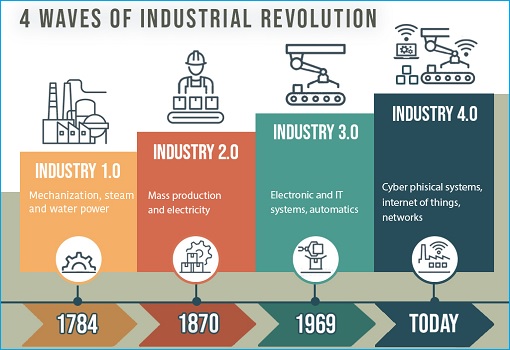
Today, we are currently in the midst of a fourth industrial revolution, the beginning era of virtual technology, quantum technology and intelligent technology defined by metadata and artificial intelligence. And China wants to lead this revolution simply because whoever wins the 4th IR would become the next superpower for probably the next 100 years, hence the “Made in China 2025” initiative.
The U.S.’ only option to stop the emerging superpower is to cripple Beijing’s efforts to spur the country’s semiconductor industry as part of its “Made in China 2025” national strategic plan. As of 2019, only 16% of computer chips used in China were produced domestically. Beijing’s ambitious plan is to boost that figure to 70% by 2025. By then, the U.S. would be in trouble.
The Chinese industrial policy programs are the stepping stone in crucial technology that will lead to a strong position in the Fourth Industrial Revolution. It’s a step to move China’s cheap, low-tech manufacturing base higher up the value chain. It’s an upgrade in key technologies such as AI, 5G, aerospace, semiconductors, green energy, biotech, robotics, biomedicine, advanced rail and new materials.
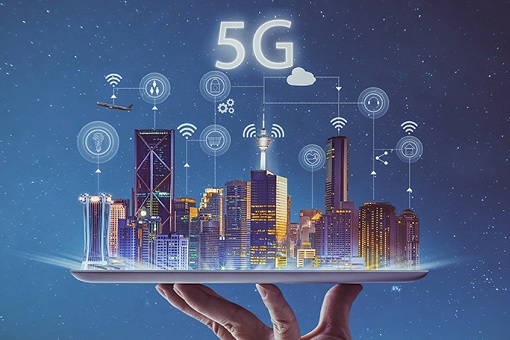
As early as 2014, China overtook the U.S. in leading the rest of the world in AI patent applications. Even in academia, China recently surpassed the U.S. in the number of AI research publications and journals. While the U.S. managed to stop exporting advanced chips (hardware) to China, it could not stop the Chinese AI (software), the engine fuelling the fourth industrial revolution.
Eventually, robots and AI will take over the manufacturing, design, delivery and even marketing of most goods Mobile broadband is the enabling technology for Industry 4.0, the same way railroads were the enabling technology for the Industry 1.0 in the 1800s. Guess who has the most number of 5G base stations globally. As of August 2021, China has more than 1 million 5G stations.
But the Chinese government was not done. It aims to install a total of 3.64 million 5G base stations by end-2025. By then, there will be 25 base stations for every 10,000 people by 2025, up from just 5 base stations for every 10,000 people in 2020. Already, the 5G coverage has reached 97% of counties and 40% of rural towns across China.
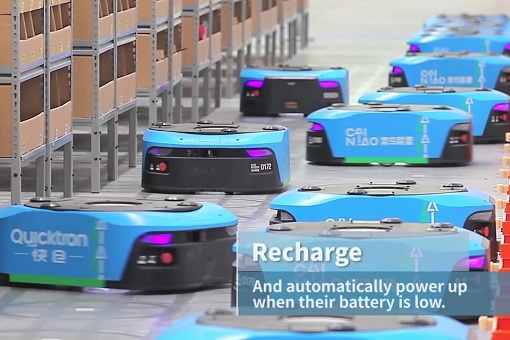
In truth, China is ahead of the U.S. in warehouse automation. E-commerce accounts for over 52% of the country’s retail sales in 2021, compared with 15% in the U.S. Alibaba is the home to the largest population of mobile robots in China, where hundreds of self-charging and WIFI-connected AGVs (automated guided vehicles) move goods around, thanks to “smart warehouse”.
That explains why customers in Malaysia could sometimes receive goods from China faster than local stores when they shop online on Shopee or Lazada. Alibaba’s fierce rival, JD.com, can process more than 1.3 million orders a day due to fully-automated warehouse. With high-speed 5G available in almost all major urban centres, autonomous vehicles could further enhance the delivery system.
Shanghai’s Yangshan Container Port, the largest fully automated terminal in the world as early as 2019, was another example of how 5G and AI enable tens of kilometres of container-to-mobile lines operate with no sight of workers. Automatic driving, optimal route planning and transportation are accurately carried out to the extent that cargo loading and unloading are completed within 15 seconds.
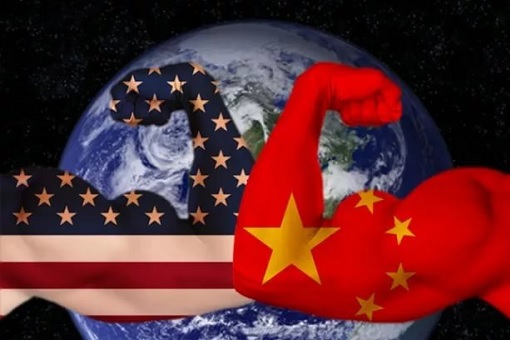
The shift in the balance of power between the United States and China is inevitable, say many experts, if the Chinese are not stopped at all cost. China has seen how the Great Britain and the U.S. seized the opportunities in the previous three industrial revolution and became a great empire. Now the fourth opportunity has arrived and China seized it, but the U.S. isn’t impressed.
The U.S. fears that China will shape global technology standards to their own benefit, which in turn will provide economies of scale that would boost the revenues, making the Chinese wealthier and more powerful like the U.S. during the second industrial revolution. It would make America poorer and affect its political and financial stability, which depends on technological leadership.
The biggest disaster is the potential depreciation value of the US dollar. The U.S. budget deficit totalled US$2.77 trillion for 2021, the second highest on record after the all-time high of US$3.13 trillion in 2020. As of Nov 29, 2021, the U.S. national debt is US$28.9 trillion and rising. With dropping demands for the greenback, the dollar will fade like the pound sterling.
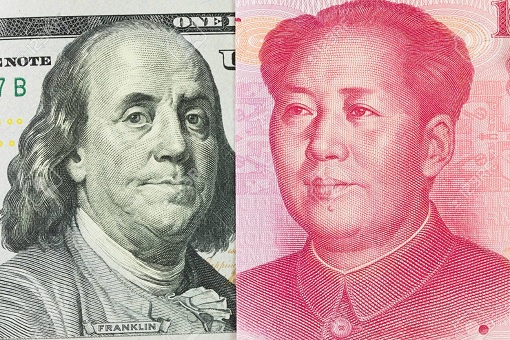
Other Articles That May Interest You …
- Damaged Even Before Go To War – How A $3 Billion “Crown Jewel” US Submarine Crashed Into An Undersea Mountain
- China Unveils World’s First 600km/h Train – Cutting Journey Between Shenzhen And Shanghai To 2.5 Hours From 10 Hours
- President Xi Warns China Will Never Be Bullied – The U.S. Not Impressed China Is Building 120 Nuclear Missile Silos
- China Creates Digital Currency – Here’s Why It’s A Big Deal To The World’s Economy, And A Big Problem For The U.S.
- Economic Destabilization – How China Prepares For American & Japanese Military Interference In Taiwan Conflict
- Trade Surplus Of $535 Billion – Not Even The U.S. Trade War Or Covid Pandemic Can Destroy China Economic Powerhouse
- Five Eyes Alliance Plans To Teach China A Lesson With Economic Sanctions – But It’s Easier Said Than Done
- Here’s The Real Reasons Trump Bans TikTok – And It Has Nothing To Do With National Security Threat
- China No Longer Needs U.S. Parts – Huawei Mate 30 Contains Zero American Chips
- Forget Khat Jawi – Vietnam The Top Producer Of Programmers, Even Myanmar Has Started Computer Coding For Kids
- From Trade War To Political Kidnapping – Two Canadians Held “Hostage” As China Retaliates

|
|
December 15th, 2021 by financetwitter
|


|

|

|

|

|

|











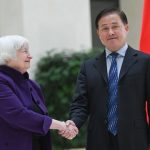
















Comments
Add your comment now.
Leave a Reply